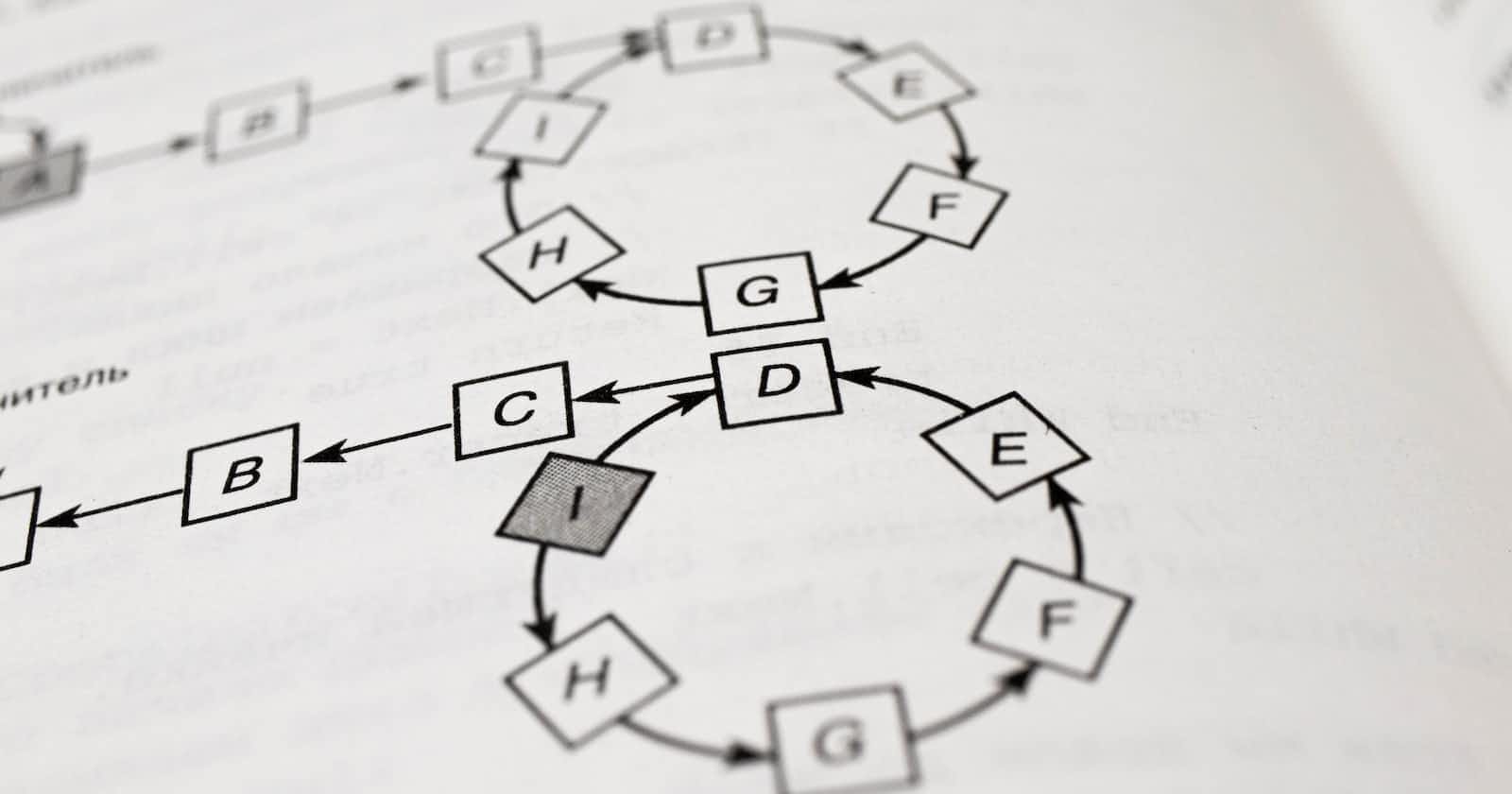
Mastering Data Structures and Algorithms: The key to efficient programming
a comprehensive guide to DSA for beginners and experienced developers, exploring the entire syllabus in detail
Overview
Data structures and algorithms are the building blocks of programming. They are the foundation upon which all software is built, and a thorough understanding of these concepts is crucial for writing efficient programs. Whether you are a beginner or an experienced developer, knowledge of data structures and algorithms is essential to advancing your programming skills.
What is Data Structure?
Data structures are containers for storing, organizing, and retrieving data in a program. They are fundamental to software design and can be implemented in various ways, each with its own advantages and disadvantages. Some of the most common data structures include arrays, linked lists, stacks, queues, trees, and graphs. Understanding how each data structure works and when to use it is crucial for writing efficient and scalable code.
What is an Algorithm?
Algorithms, on the other hand, are a set of rules or instructions for solving a problem or performing a task. They are used to manipulate and analyze data stored in data structures. Algorithms can range from simple tasks, such as searching for an element in an array, to complex tasks, such as machine learning and artificial intelligence. It is important to choose the right algorithm for a specific task, as different algorithms have different time and space complexities and can impact the overall performance of a program.
The study of data structures and algorithms is a vast field, and it can be overwhelming for beginners to know where to start. Here is a brief syllabus of the topics we will cover in this blog series:
Arrays and linked lists
Stacks and queues
Trees and graphs
Sorting algorithms
Searching algorithms
Hash tables
Dynamic programming
Greedy algorithms
Graph algorithms
String algorithms
In each blog post, we will explain the concepts behind each topic and provide examples and code snippets in Python to help you understand how to implement them in practice.
By the end of this blog series, you will have a solid understanding of data structures and algorithms and how to apply them to write efficient and scalable programs. You will be able to choose the right data structure and algorithm for a given problem and optimize your code for speed and memory usage.
In conclusion, data structures and algorithms are essential for any programmer looking to write efficient and scalable programs. By understanding how they work and how to apply them, you can improve your programming skills and create software that is fast, reliable, and easy to maintain. So stay tuned for our upcoming blog posts and let's dive into the world of data structures and algorithms together!
